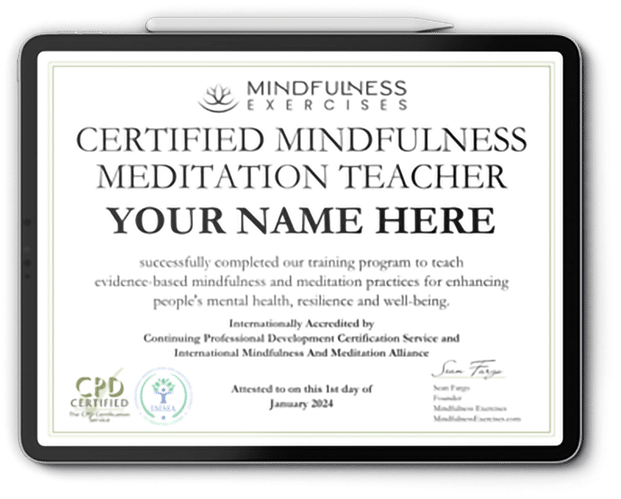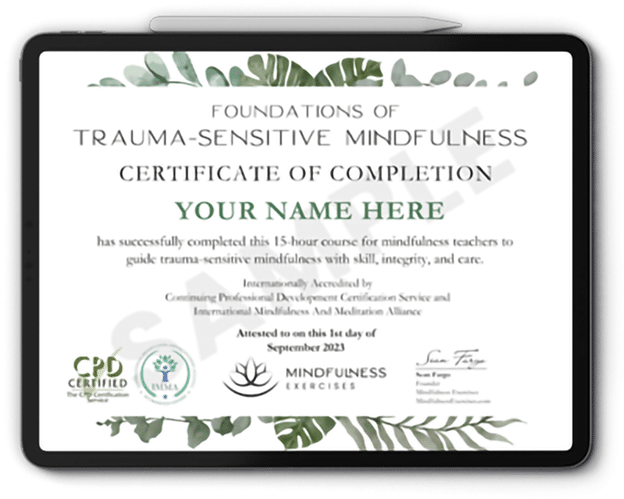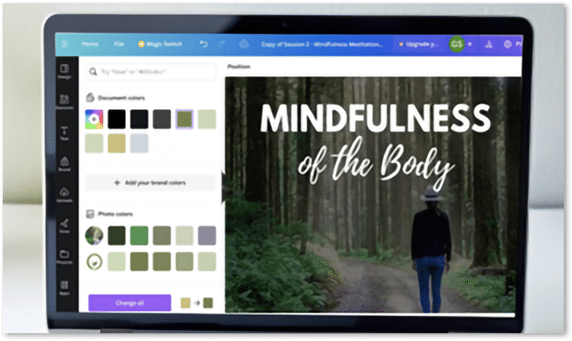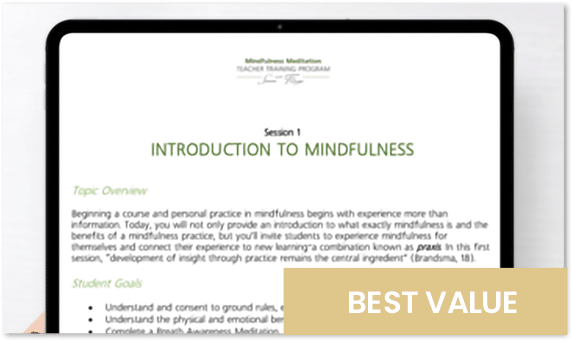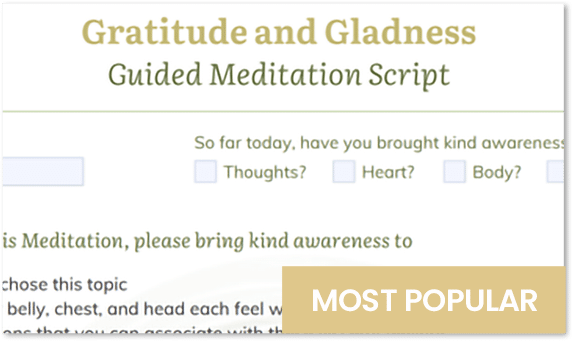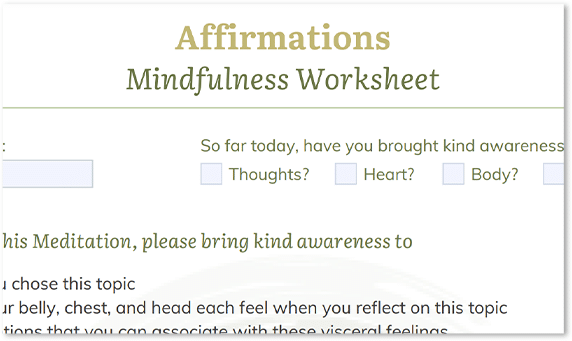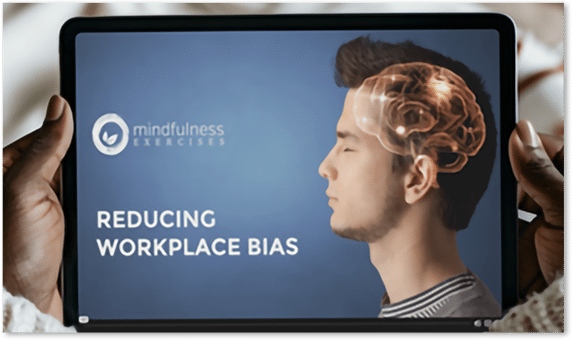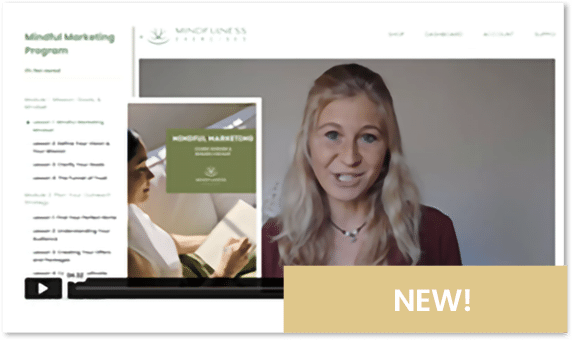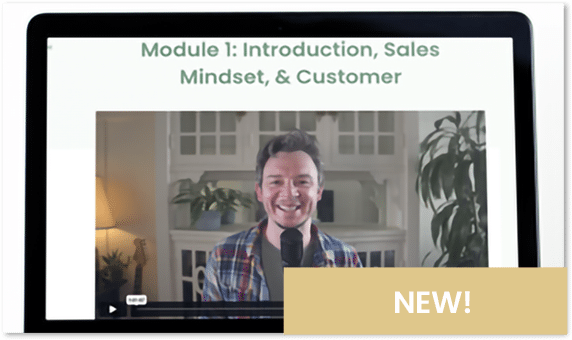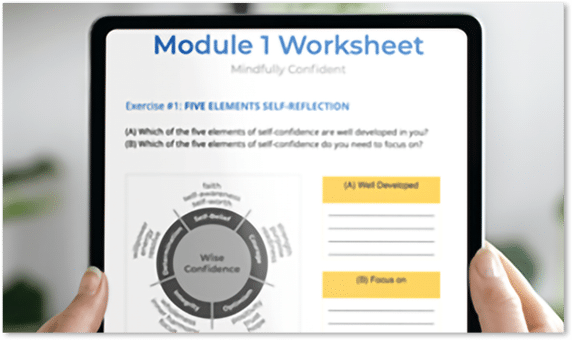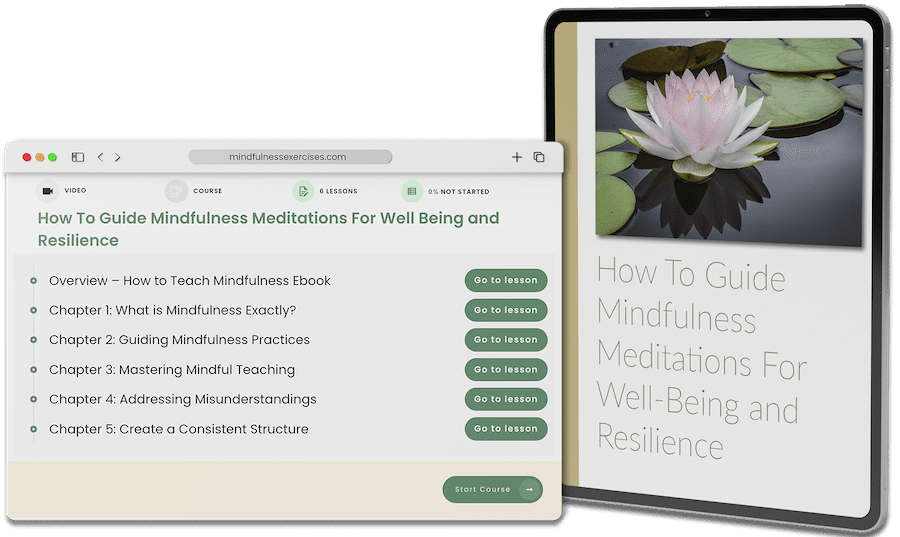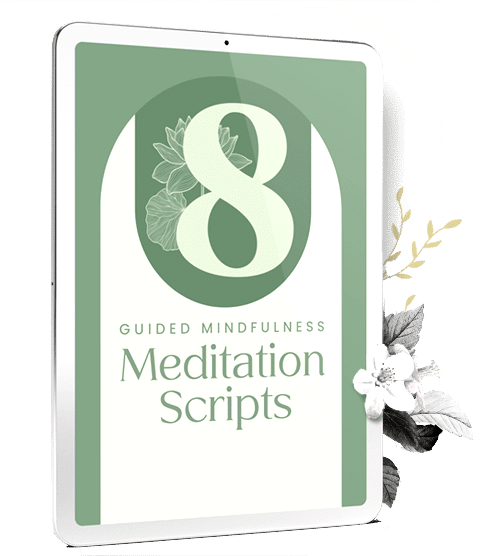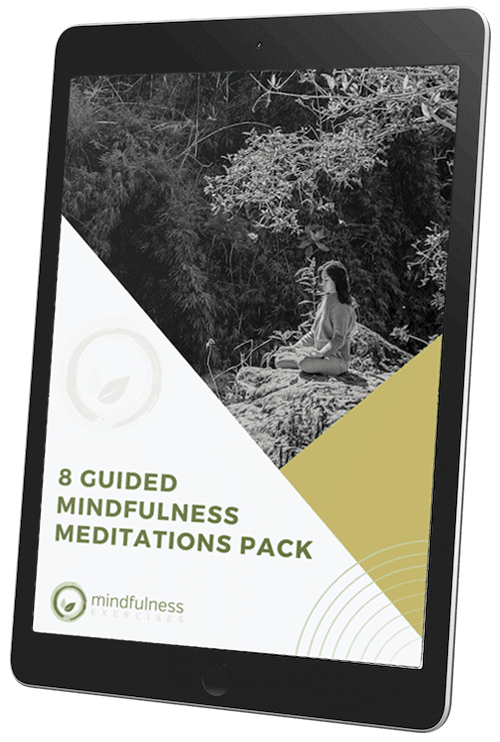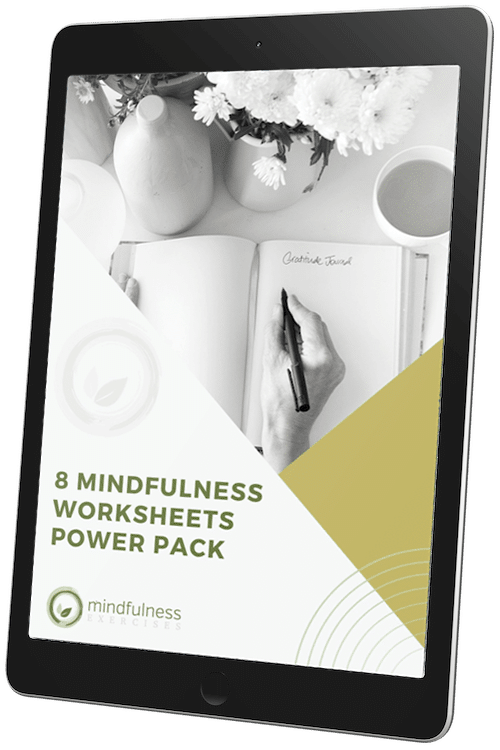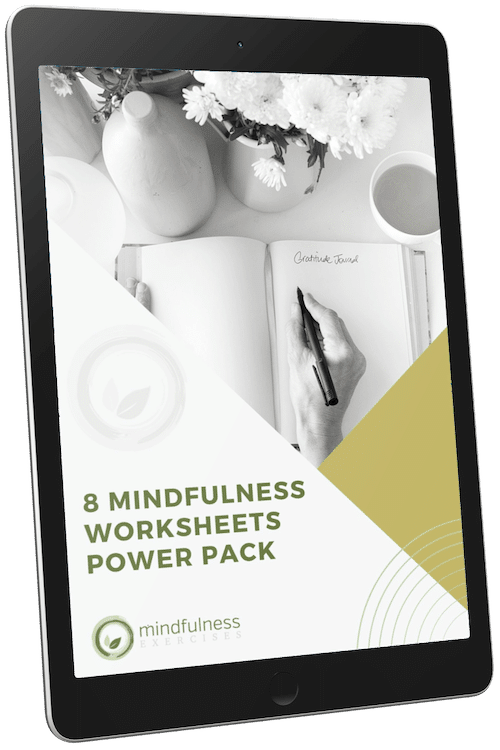Here’s a Sample of the “Mindful Speech” Guided Meditation Script:
One of the most important ways to free ourselves from suffering is to be mindful in how we speak.
Yes, this means not criticizing unnecessarily, gossiping, or being unkind. But taking a step back, it can also be viewed as how we communicate with other beings.
Meditation retreats practice silence because we use up a TON (up to 80%) of our energy on speaking. You don’t realize how much focus you put on making small talk – on filling up silence, on trying to look good in front of other people - until you can’t.
When we are silent, we’re able to tune in more easily to the harshest conversations – the ones we have with ourselves.
But real life involves speaking and communicating. And in order to have healthy relationships with other people, mindful communication is essential.
Mindful speech is about being conscious about not only what words we use, but how we deliver them. Mindful speech also involves mindful listening.

It’s about:
Noticing if we’re just waiting for the other person to finish speaking so we can have our say, and changing our focus to actually listening to them
Holding space for someone when they are expressing difficulty, rather than perhaps trying to “fix” them or their situation with our words
Being conscious of the intention behind what we’re saying, and being more honest about it.
For example, when I say to my partner, “When was the last time you went to the gym?” What I might actually mean is: “I’m worried that you’re not getting enough exercise, and that it’s affecting your health and your levels of happiness.”
RELATED POSTS:

